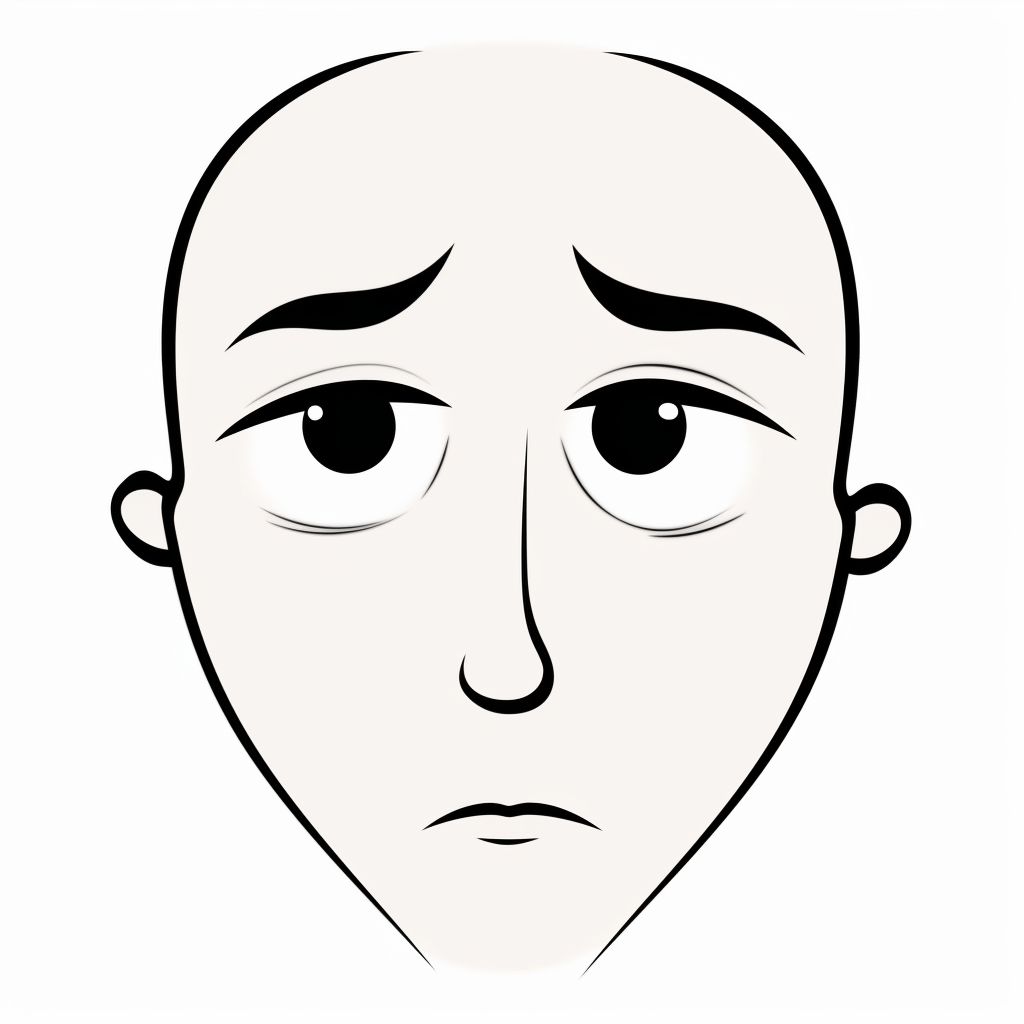
Aversion therapy, also called aversive conditioning and aversive therapy, is when instead of a reward, punishment is used to stop undesirable behavior. Many examples exist in training cats and dogs to become more obedient.
Like using choke leashes or those electric invisible fences that trigger when Rover roves too far out of the neighbor’s fenced-in yard, where he decides to defecate in your yard instead, no matter how many times you tell his owner he keeps doing this so you have to resort to aversive conditioning on the neighbor, instead.
Enjoy your slightly salted Christmas cookies this year, Jerry.
What is Aversion Therapy or Aversive Conditioning?
Aversion therapy is a type of therapy that uses a technique called classical conditioning to change an undesirable behavior by creating a negative association with it. The idea is to make you respond negatively to a particular behavior that you once enjoyed or found pleasurable, like drinking alcohol or using drugs.
You see, classical conditioning occurs when you unconsciously learn a behavior due to repeated exposure to a specific stimulus. In aversion therapy, the stimulus is the undesirable behavior, and the goal is to create a negative response to it.
For example, many people with substance use disorders have conditioned their bodies to get pleasure from the substance they use. In aversion therapy, the aim is to change this by creating a negative association with the substance.
One way to do this is through chemical aversion for alcohol use disorder. A doctor administers a drug that causes nausea or vomiting if the person drinks alcohol. This is repeated until the person begins to associate drinking alcohol with feeling sick and no longer craves it.
Other methods used in aversion therapy include electrical shock, physical shock, unpleasant smells or tastes, negative imagery, and shame.
So, that’s aversion therapy in a nutshell! It’s all about changing your response to an undesirable behavior by creating a negative association with it.
Criticisms and Alternative Therapies
According to some research, aversion therapy has been shown to be effective in the short-term, with participants reporting avoiding alcohol 30 and 90 days after treatment. However, research on its long-term effectiveness is still mixed, as some studies have found a decline in abstinence over time.
According to some of the most extensive research on aversion therapy in the 1950s, there was a decline in abstinence over time. After 1 year, 60 percent of participants remained alcohol-free, but after 2 years, it decreased to only 51 percent. After 5 years, it was 38 percent, and after 10 years or more, it was only 23 percent. This suggests that the long-term effectiveness of aversion therapy is questionable, and a longer-term study would be necessary to see if the positive effects can last beyond the first year.
It appears that the lack of long-term benefit may be due to the fact that most aversion therapy occurs in-office and is harder to maintain outside of the therapy. While aversion therapy may be useful for treating alcohol use disorder, it has shown mixed results for other uses such as smoking cessation and obesity treatment.
Aversion therapy has faced criticism in the past, particularly because some experts believe that it is unethical to use punishment as a form of therapy.
For example, some researchers used aversion therapy in an attempt to “treat” homosexuality before the American Psychiatric Association deemed it an ethical violation. Evidence showed that this treatment was both ineffective and harmful.
Other treatment options, such as exposure therapy and behavioral therapy, may be more effective and ethical. Medication may also be prescribed in some cases. It is important to remember that aversion therapy should not be used alone and that support networks can be helpful for people who experience addiction. If you’d like to learn more about addiction, you can check out this resource.
Who is Aversion Therapy for?
Aversion therapy is a type of therapy that is thought to be helpful for people who want to stop a particular behavior or habit that’s interfering with their life negatively.
Although it is mostly studied for alcohol use disorder, aversion therapy has also been used for various other conditions, such as smoking, eating disorders, nail-biting, and even certain inappropriate sexual behaviors.
However, the effectiveness of aversion therapy depends on the specific behavior or habit being treated. For example, aversion therapy has been shown to be generally ineffective for lifestyle behaviors, but more promise has been found for addiction when using chemical aversion.
In any case, aversion therapy is just one type of therapy, and it’s important to discuss with a mental health professional to determine the most effective treatment option for a particular condition.




